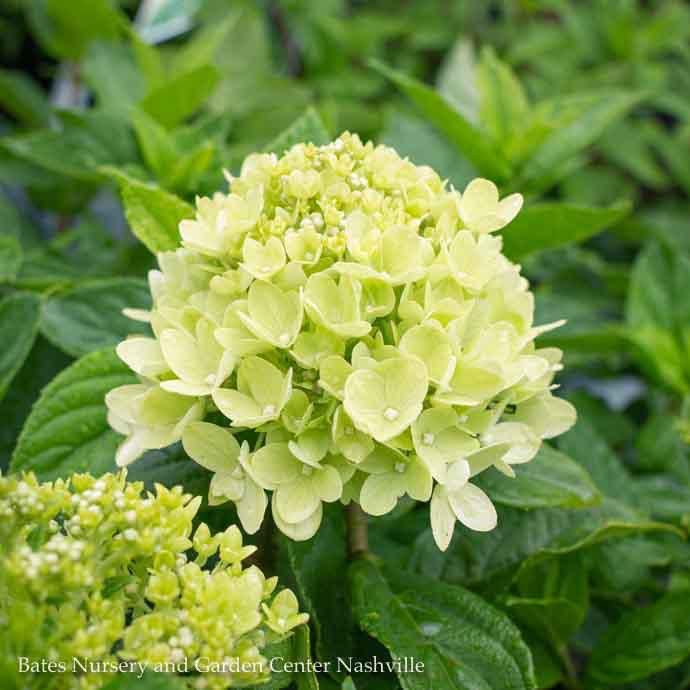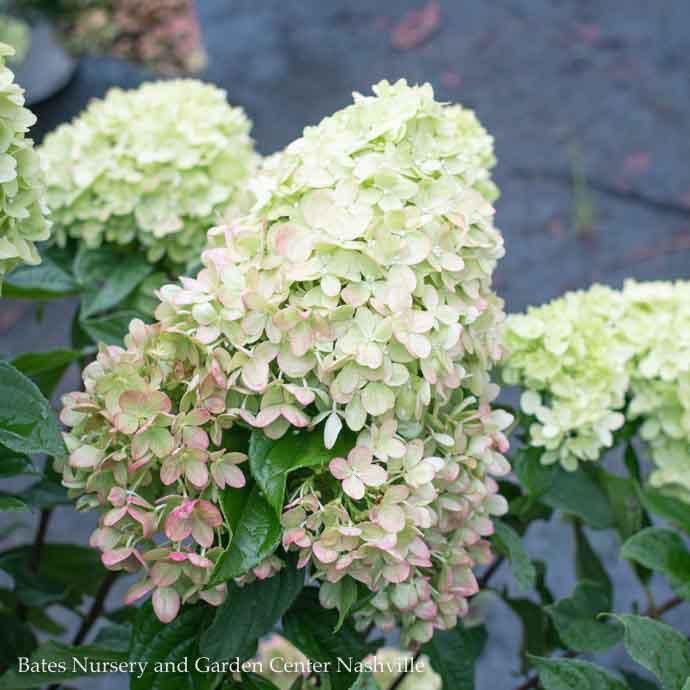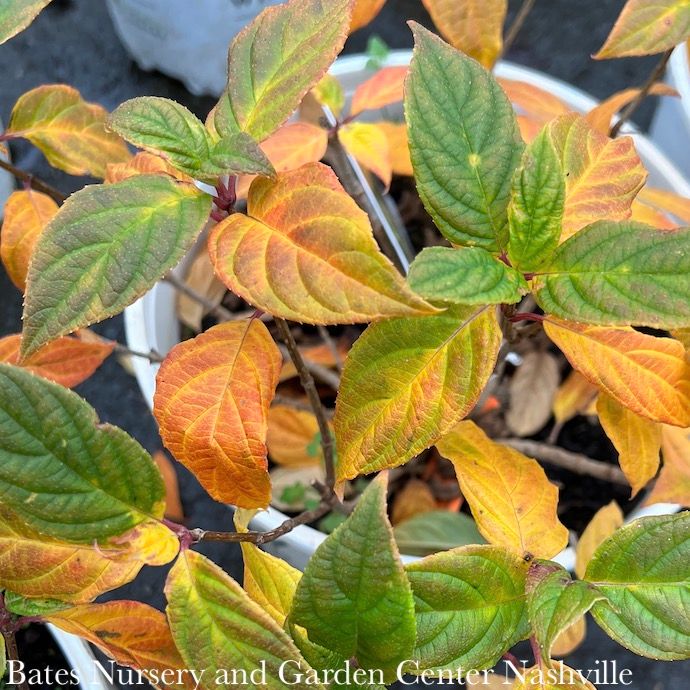#3 Hydrangea pan PW Little Lime/ Panicle White
#3 Hydrangea pan PW Little Lime/ Panicle White
SCIENTIFIC NAME: Hydrangea paniculata 'Jane', USPP 22,330, Can 3,914
COMMON NAME: Little Lime® Hydrangea
GARDEN SIZE: 4 to 5 feet tall by 4 to 5 feet wide if left in natural form
GROWTH RATE: Moderate
USDA ZONE: 3 to 9
EXPOSURE: Full sun to partial shade. Tolerates urban pollution and more sun than most hydrangeas.
WATER & SOIL: Prefers moist, well-drained, fertile soil rich in organic matter. Adaptable to clay, loam, or sandy textures with neutral to acidic pH. Mulch to retain moisture and protect roots.
HABIT (FORM): Compact, mounded, multi-stemmed shrub with sturdy upright stems
FOLIAGE: Deciduous; Dark green ovate leaves that turn yellow-orange in fall
FLOWER COLOR: Soft green aging to pink and burgundy in fall
FRAGRANCE: None
BLOOM FORM: Panicle; Cone-shaped clusters on strong stems
BLOOM TIME: Early summer through late summer
PLANT ORIGIN: China, Japan, Taiwan, Sakhalin, and the Kuril Islands
WILDLIFE SUPPORT: May provide some nesting sites and shelter for birds and small mammals, but does not serve as much of a host for local insects and wildlife. May provide food for insects in the spring.
FERTILIZING: Feed in early spring with organic compost or a balanced slow-release fertilizer. Avoid over-fertilizing, which can promote excessive foliage at the expense of blooms.
PRUNING: Blooms on new wood. To shape or rejuvenate, prune up to one third of the length of old wood branches in late winter or early spring while still dormant. Remove spent flower heads in fall or spring; avoid pruning during summer growth. If you have a tree form paniculata hydrangea, trim off shoots that grow where you don't want them, but never actually cut into the main "trunk."
TOXICITY FLAGS: Mildly poisonous to humans and animals (contains cyanogenic glycosides).
USES: Borders, hedges, privacy screens, specimen.



